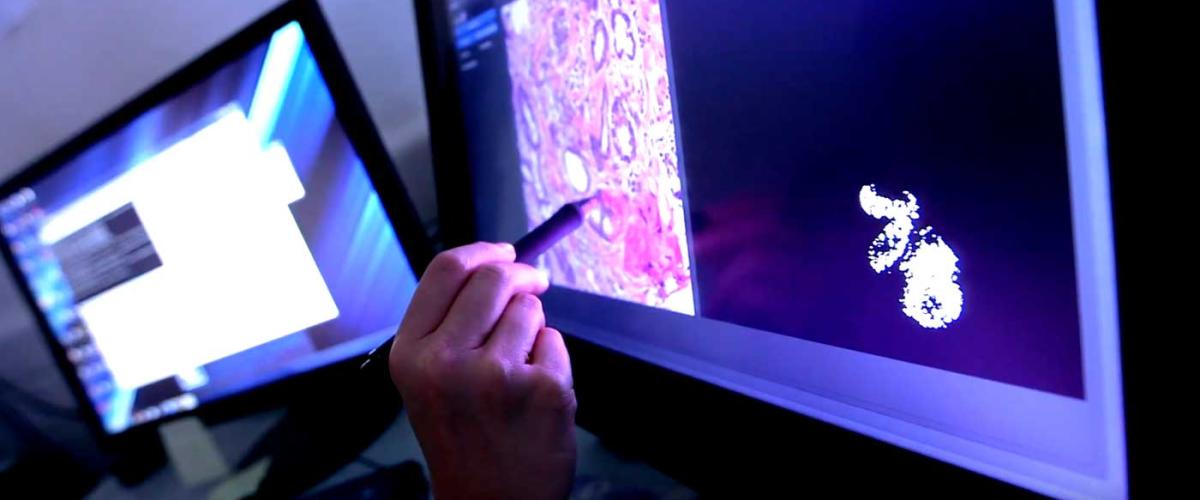Faster, cheaper test predicts who needs chemotherapy or just hormonal regimen
For women with the most common type of breast cancer, a new way to analyze magnetic resonance images (MRI) data appears to distinguish reliably between patients who would need only hormonal treatment and those who also need chemotherapy, researchers from Case Western Reserve University report. The analysis may provide women diagnosed with estrogen positive-receptor (ER-positive) breast cancer answers far faster than current tests and, due to its expected low cost, open the door to this kind of testing worldwide. The research is published in the journal Nature Scientific Reports. Anant Madabhushi
“In the United States, nearly 70 percent of all breast cancer patients are diagnosed with ER-positive, but the majority don’t need chemotherapy,” said Anant Madabhushi, biomedical engineering professor at Case Western Reserve and research leader.
“Until about 15 years ago, doctors had no way of telling aggressive cancer from non-aggressive, so the majority of women got chemotherapy, which can produce very harsh side effects,” he said.
Since then, a genomic test for differentiating between aggressive and nonaggressive cancer was developed. The test requires doctors to send a biopsy sample to a company that analyzes it and assigns a risk score that the doctors then use to guide treatment.
“The test is used frequently in the United States, but it destroys tissue, requires shipping and costs about $4,000,” said Madabhushi, who is a member of the Case Comprehensive Cancer Center. “The cost puts the test out of reach for people in middle- and low-income countries.”
Anant Madabhushi
“In the United States, nearly 70 percent of all breast cancer patients are diagnosed with ER-positive, but the majority don’t need chemotherapy,” said Anant Madabhushi, biomedical engineering professor at Case Western Reserve and research leader.
“Until about 15 years ago, doctors had no way of telling aggressive cancer from non-aggressive, so the majority of women got chemotherapy, which can produce very harsh side effects,” he said.
Since then, a genomic test for differentiating between aggressive and nonaggressive cancer was developed. The test requires doctors to send a biopsy sample to a company that analyzes it and assigns a risk score that the doctors then use to guide treatment.
“The test is used frequently in the United States, but it destroys tissue, requires shipping and costs about $4,000,” said Madabhushi, who is a member of the Case Comprehensive Cancer Center. “The cost puts the test out of reach for people in middle- and low-income countries.”
Data mining
Madabhushi’s team, which employs big data to study disease, thought they might find useful signals to discern aggressive ER-positive from indolent by mining radiologic data from MRIs. They analyzed images of 96 ER-positive cancer patients scanned at a hospital in Cleveland or Boston. Each woman had undergone what’s called a “dynamic contrast enhanced MRI,” which produces images of tissues as they take up a contrast agent. Each woman had also undergone the genomic test. Because intensity values regularly used to analyze tissues vary by scanner, the researchers needed a different way to search for signals distinguishing the two categories of patients.- They discovered differences in gene expression—molecular changes that appeared as changes in textural patterns in the images.
- They converted the dynamic texture changes into quantitative measurements and used differences in the measurements to determine which patients needed chemotherapy and which did not.




